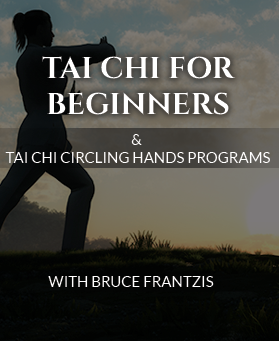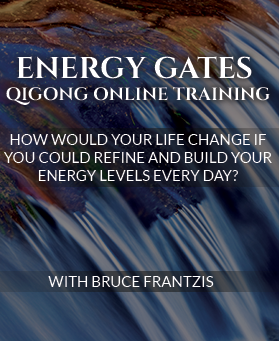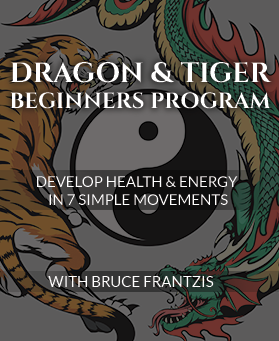Derived from Interviews with Bruce Frantzis
One of the most debated and well-known quotes from Chuang Tse occurs at the end of Chapter 17 in the book, Readings in Classical Chinese Philosophy by Philip J. Ivanhoe:
Chuang Tse and Hui Tse are wandering across a bridge on the river Hao.
Chuang Tse: The tiao fish come out roaming, free and at ease. This is the joy of fish.
Hui Tse: You are not a fish, how you can know what fish like?
Chuang Tse: You are not me, how you can you know what I know?
Hui Tse: I am not you and I do not know what you think, but I know you are not a fish and therefore you cannot possibly know what fish think.
Chuang Tse: Let’s go back to the beginning. When you asked me what fish like, you had to know I knew it already to begin with. I know it by the river Hao, that’s how.
The debate and intrigue surrounding this dialog goes beyond the clever rhetoric of a skeptic that Chuang Tse used to debate: his logistician friend, Hui Tse. Essentially, the question of the passage is what Chuang Tse meant in his final line. What form of knowledge is he referring to? Not surprisingly, it’s quite a difficult concept to explain, and I have seen a variety of differing but very well thought out answers to address it. Out of those, the best one I have seen thus far is, “Taoists believe in the flow of nature, and the fish are engaging in their natural habits, therefore the fish are happy.”
The natural explanation is valid by the viewpoints of Taoism, but feels lacking in comparison to its context. If there is really a different form of knowing that exists, it feels like being cheated to be told to leave it simply at “do what is natural.”
Fortunately, the topic doesn’t end there. Bruce Frantzis, as a lineage holder in the Taoist tradition passed down from Lao Tse can move beyond this more obvious surface interpretation and present a different version of this passage:
Chuang Tse and Hui Tse are wandering across a bridge on the river Hao.
Chuang Tse: I felt like using a Taoist technique, so I can tell that the fish enjoy what they are doing here.
Hui Tse: You just gave me an opportunity to beat you through a logical argument and prove you wrong!
Chuang Tse: We have different methods of understanding things. I can see this truth through the technique of emptiness. You do not have that ability.
Hui Tse: I missed the hidden interpretation of your point, and thus believe I have cornered you in this argument, and hence I won.
Chuang Tse: You’ve already distorted the truth through your mental framing of this. Let’s try to go back to where it was clear. When you asked me what fish like, you made the assumption my form of knowing is equivalent to yours. It is not. My understanding comes from being able to see the emptiness inside the river and comprehend its essence.
This interpretation, however, opens up a much larger question. What is the meaning of emptiness? This is a concept that is difficult for scholarly academics to understand as it can only be known through direct experience.
All the great Taoist sages practiced mysticism rather than merely being intelligent philosophers. Their writings tended to be in obscure metaphorical language, with many hidden double meanings. Some of mystical ideas which constitute the intended meaning are very foreign to Western forms of thought and language. Thus deciphering the intended meanings of Taoist literature is quite difficult.
The skills of Chuang Tse and Lao Tse were admirable. Weaving a few double meanings into a passage is difficult enough, but allowing radically differing interpretations to coexist within the same text is a feat in of itself. Giving some of the layers profound appeal to the general public allowed these texts to stay in the public domain long enough for those who were ready to learn the actual meditative practices to discover them from the deeper meanings in these texts. Thus the Taoist tradition has been able to survive for centuries.
In the next article, we shall focus upon the relationship between the meanings encoded within these texts and actual Taoist meditative practices.
Article by Alex Frantzis





0 Comments